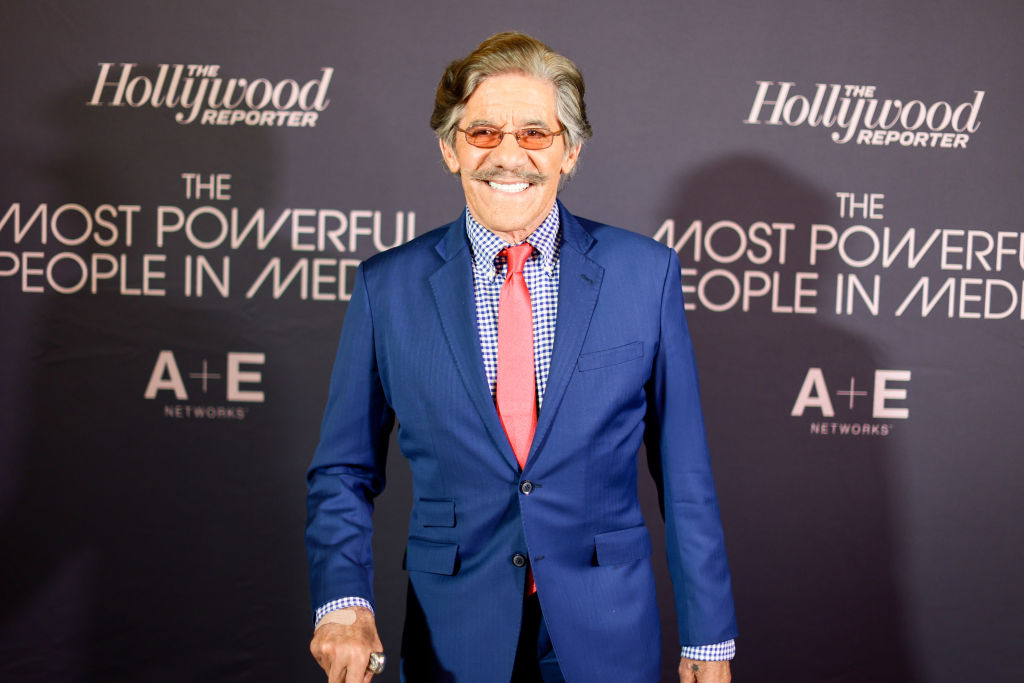Washington’s ban on popular rifles fails under any scrutiny.
Washington’s Assault Weapon Ban: Will It Stand in Court?
Less than two weeks ago, Washington became the tenth state in the nation to ban so-called “assault weapons.” And while the ink was still drying on Washington Gov. Jay Inslee’s signature, the new law was already challenged in federal court. All that remains to be seen is how the legal system will look upon Washington’s law.
The Ban Explained
On April 25, Inslee signed Substitute House Bill 1240, making it illegal for any person in Washington to “manufacture, import, distribute, sell, or offer for sale any assault weapon,” with some minor exemptions. Washington’s law bans a lengthy list of firearms by name and identifies any other firearm as a banned “assault weapon” based on the presence of certain characteristics. And not only did the law go into effect immediately, but the penalty for violating Washington’s new law is up to 364 days of imprisonment and up to a $5,000 fine.
Aside from explicitly banning the “AK-47 in all forms,” the “AK-74 in all forms,” and the “AR15, M16, and M4 in all forms,” Washington’s law targets “evil” characteristics including, among other things, pistol grips, thumbhole stocks, folding and telescoping stocks, forward grips, flash suppressors, sound suppressors, silencers, muzzle brakes, compensators, threaded barrels, and hand guards. Those familiar with firearms, especially semi-automatic rifles, will recognize that most semi-automatic rifles bought and sold in the United States have these features — many of which make them safer to operate.
The Legal Challenge
With the extreme breadth of the law, and existing court precedent, Washington’s ban shouldn’t stand a chance in court. Just last year, the Supreme Court decided New York State Rifle & Pistol Association v. Bruen, its first full opinion on the Second Amendment in more than a decade. In that case, the Supreme Court not only struck down New York state’s handgun carry licensing as unconstitutional, but the court also reiterated the test by which all courts are required to examine Second Amendment challenges.
That test states that if conduct is protected by the Second Amendment, then the government bears the burden of demonstrating that its law is sufficiently grounded in U.S. history. If the law is directly traceable to a historical analogue that existed around the time the Second Amendment was ratified (1791), then the law is upheld. If it is not, then the law is unconstitutional.
Here, it is abundantly clear that the Second Amendment protects the right of the people to keep arms, including those banned by Washington. The Supreme Court has made clear that in this context, just as in the context of all the Bill of Rights’ other amendments, the protection does not only cover items in existence at the time of our founding but also their modern analogues.
The Future of the Ban
Normally then, under the Supreme Court’s mandate, the burden would rest on Washington to prove its ban has some tie to a historical analogue. But, in cases of a broad ban on an entire class of arms, the Supreme Court has already done the historical work necessary. In such cases, the Supreme Court reasoned that the only relevant historically analogous law was a prohibition on “dangerous and unusual weapons,” and that if a weapon is “in common use at the time,” then it cannot be both “dangerous and unusual,” and thus it cannot be banned.
If you know anything about the firearms banned by Washington, you will know they are some of the most commonly owned firearms in the nation. A number of recent surveys estimate that there are more than 24 million such rifles owned across the United States, and it does not get much more common than that when it comes to firearms.
Without any historical support, Washington’s law should be dead in the water. But nothing is ever that simple. Washington sits firmly within the Ninth Circuit, which doesn’t have a strong track record when it comes to striking down gun-control laws. In fact, according to Judge Lawrence VanDyke of the Ninth Circuit, before Bruen, the Ninth Circuit reviewed at least 50 different gun-control laws — and it upheld them all. And given the current political climate, the court could try to justify any decision as a practical response to recent public shootings, regardless of the actual legality and constitutionality of the law.
So while the Constitution, the history, and the law all seem clear, the prospects for Washington’s ban in a court of law are far from it. Will Washington’s law follow the trend of those gun-control laws reviewed by the Ninth Circuit before Bruen, or will it go the way of the increasing number of laws held unconstitutional by courts across the nation post-Bruen? Only time will tell.
About the Author: Cody J. Wisniewski (@TheWizardofLawz) is a Senior Attorney for Constitutional Litigation with Firearms Policy Coalition. His work has appeared in the Washington Times, the Washington Examiner, National Review, Daily Wire, and more. He primarily focuses on Second Amendment issues but is happy so long as he is reminding the government of its enumerated powers and constitutional limitations.
" Conservative News Daily does not always share or support the views and opinions expressed here; they are just those of the writer."




